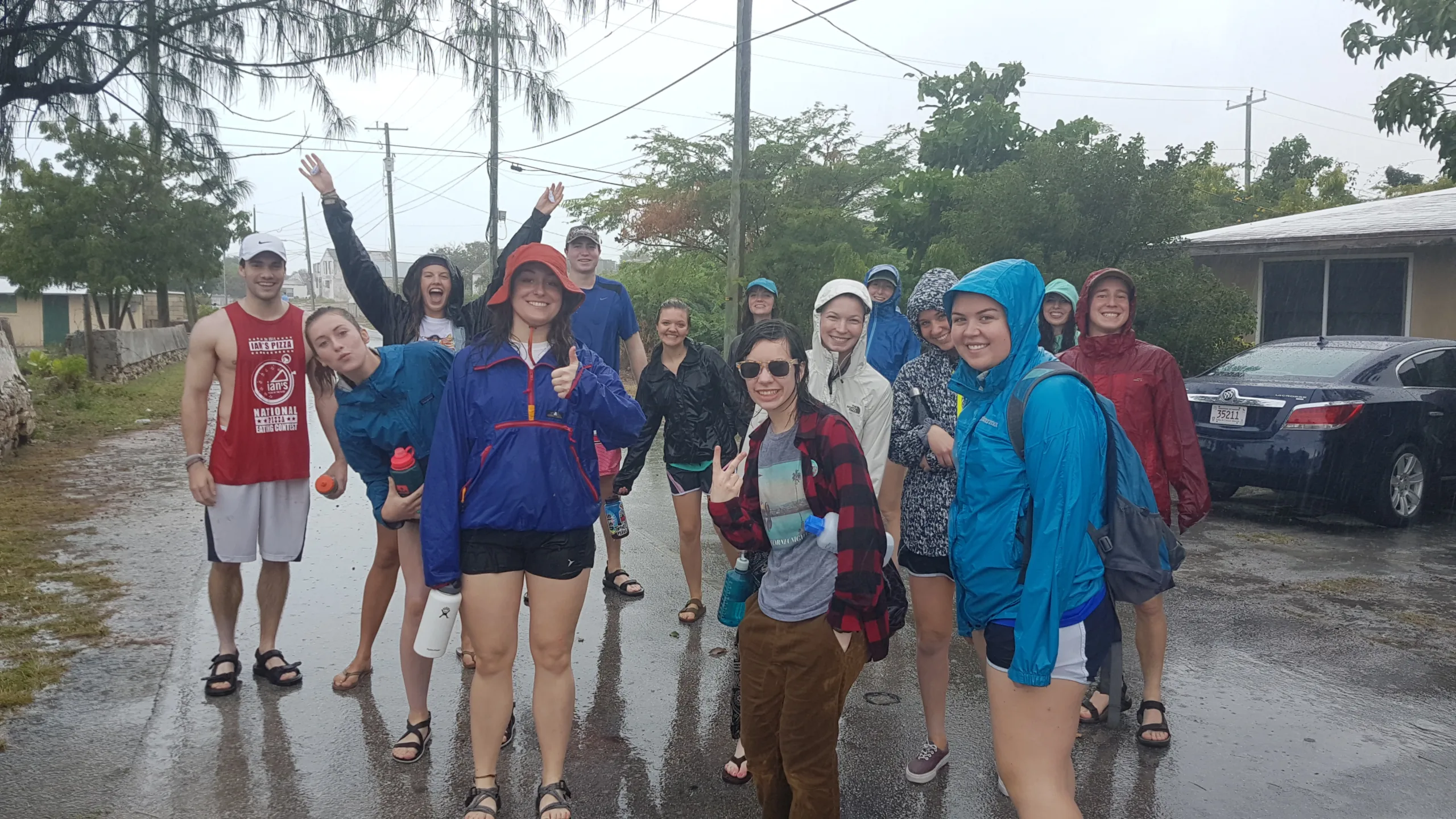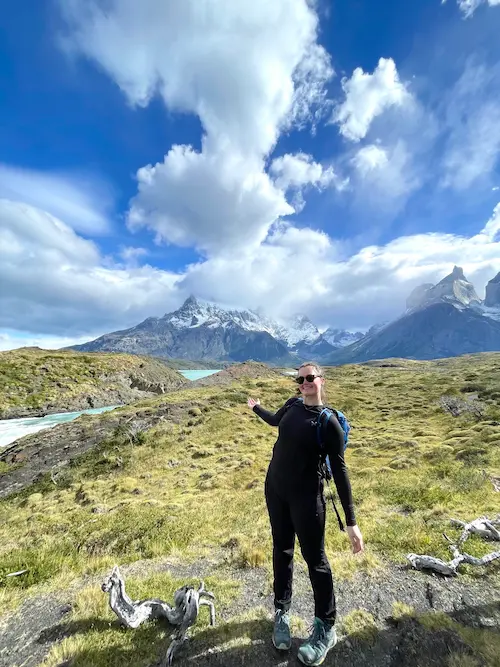
By: Adrian Tejedor, PhD
One, Two, Three…Counting Conch!
At the start of September 2016, a new group of students joined the Center for Marine Resource Studies (CMRS) in South Caicos. The students have come from a variety of universities and have been excited to conduct field research. The twenty-four students began their journey with the introduction of the center and the open marine environment with field work including identification of a variety of marine organisms. The days were broken up from classroom lectures to field based observations. After a solid base of the classroom briefings and instructions, the students were ready to initiate their field work by learning and participating in a Conch Visual Survey. This activity is the first in a series of hands-on activities for better conducting research in the marine environment. These activities will assist the students with both the mid-term examinations and Directed Research ideas.
The faculty, waterfront and administrative personnel at CMRS have been actively working with each of the students to provide them the opportunity to understand how to be best prepared for scientific research. Within a week, the students will have heard about each of the Directed Research Projects that they will be able to work on for the rest of the fall 2016 semester. Projects vary from biological, anthropogenic and management. Each project has a variety of focus, but each student will obtain the opportunity to research past research (literature review), conduct hands-on field techniques, analyze of data and produce a compulsory report at the end of the project.
However, at this point the students have been exposed to the concept of field research by participating in a Conch Visual Field Exercise. Each student partook in a two-day fieldwork activity to determine the number of conch found inside the East Harbor Lobster and Conch Reserve (EHLCR) and estimate the number of conch that could be found on the Caicos Bank. Twenty-four students with mask, fins, snorkel and dive slate conducted underwater visual surveys (UVS) that were 50 meters in length and 3 meters in width. With a total of 30 sites (15 inside the EHLCR and 15 outside), three separate belt transects were laid. On each of the transects habitat type and number of dead conch were and collected. Additionally, all live conch within the belt were collected and individually measured for both lip thickness (mm) and siphonal length (mm). Initially, students were concerned with the discovered of a minimal number of live conch, but by the second day they were surprised to find that diving conch was not as easy as they had once thought. Live conch varied from one site to the next with having zero at some sites and up to 355 conch found at another site. A total of 830 live Queen Conch were found during the UVS. Students are now in the midst of analysis of the data.
Students laying the 50 meter transect for the Conch Visual Survey. All photos courtesy of Kathy Lockhart

Laying the transect

Student checking the transect for live Queen Conch

Checking the transect
An additional day has been established for the students to complete analysis of the data collection. The students are now able to see where all the hard work in the field has now got to be explained and summarized for the public. Various analyses are to be conducted including comparisons of siphonal length and lip thickness both inside and outside the MPA; comparison of habitat to live conch abundance and estimated overall abundance for both inside the EHLCR and on the Caicos Bank.
When completed the students were be submitting four group reports on the status and trends of the Queen Conch both inside the EHLCR and on the Caicos Bank. These reports are the next step in the ladder for growth in the academic field. It will better assist them with the future Directed Research Projects. Prior to student break, the student will be taking the initiative to start working on their literary review for their directed research projects, enthusiasm is building higher.
Often students are discussing the days events and how filled the schedule appears, but never once have there been any complaints but rather increased enthusiasm. This again is a major step that our future scientist and researchers must learn when completing their educational career and entering the academic world.
Fortunately, the students at CMRS have the opportunity to provide this information directly to our stakeholders, including the Department of Environment and Coastal Resources (DECR) of the Turks and Caicos Islands Government. In 2001 an underwater visual survey was conducted across the Caicos Bank, with a follow up UVS in 2014/2015. The CMRS assisted the government with the 2014/2015 UVS by completing 44 surveys of the 116 conducted. These surveys can provide an anchor point for the annual surplus production model. However, since there have been questions regarding the reliability of the model and the yet to be implemented 2014/2015 UVS anchor point, the government has set the annual total allowable catch (TAC) at 500,000 lbs. for export and 320,000 lbs. for local consumption. Since the inception of the Scientific Committee, CMRS has played an active role with provide information for the group. In September of 2016, the government has asked the scientific committee to review the Queen Conch fishery and provide a recommendation for an export quota, domestic quota, operculum export quota and decide the “conversion factor” for uncleaned meat weight.

Student measuring Queen Conch for lip thickness (mm)

Student measuring Queen Conch for siphonal length (mm)

Queen Conch being returned to the marine environment
Related Posts



